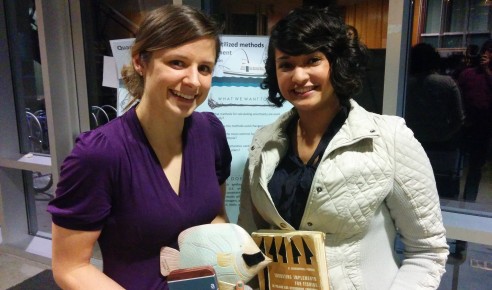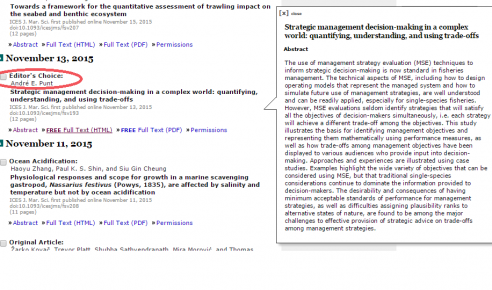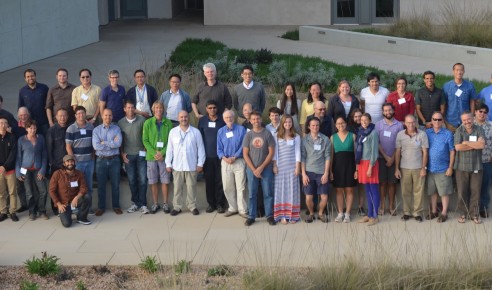Dr. Owen Hamel1
1NWFSC
February 02, 2016 9:00 (PST): FSH 213
Investigating measures of fishing impact for use in informing management
NOTE THE ROOM CHANGE == FSH 213
Coauthors: Christopher M. Legault, Grant G. Thompson and Richard D. Methot, Jr.
Fishery management is informed by measures of the impacts of fishing on fish stocks. However, while a number of these measures have been proposed and used, none is able to capture all the short- and long-term impacts of fishing on fish stocks. One set of such measures are fishing intensity metrics, which under one definition are invariant to changing population structure, but because of that very attribute may poorly reflect the impact of fishing on a stock in any one year. Other common fishing intensity metrics are either inconsistent measures given changes in fishery selectivity (e.g. apical fishing rate F or exploitation rate U) or reflect only long term equilibrium effects (e.g. Spawning Potential Ratio (SPR) or Equilibrium Stock Depletion (ESD)). Other measures, which we call “fishing impact metrics”, may better reflect the short-term impacts of fishing or the impacts of short-term fishing. This may be especially important in certain situations, such as when fisheries target strong cohorts, and therefore fishing intensity metrics that are independent of the beginning of year numbers-at-age may underestimate both short- and long-term impacts. We will discuss a number of alternative fishing intensity and impact metrics with the goal of finding metrics which reflect short-term impacts under a variety of fishing strategies, as well as to allow for comparison across stocks and across alternative stock assessment methodologies.



